Intermediates
Gallantry and accessories
Blog Piekiełka
Patches for clothing

Patches on clothes used to be associated with poor people. In the third century B.C., Cato the Younger, a well-known Roman politician, recommended that farmers and slaves spend more rainy days sewing patches on their clothes. It was from then on that any patches were associated only with poor people. Only later, going through a rather turbulent history, did patches become one of the biggest hits of modern fashion.
Patches on clothes as a way to extend their life
Ethnic clothing patches were a kind of synonym for humiliation. During the reign of the Tudor royal dynasty in England, "patch" was also a synonymous name for a poor man who wore the dirtiest clothes. Patches and patches were thus associated with the epitome of despair and hopelessness, as seen, for example, in Dickens' novels.
Patches also appeared in Hemingway's "A Farewell to Arms." In the novel, clothes are symbolically torn and patched, as was the case with Europe at the time. Throughout history, patches on clothes have been a clever way to bring old clothes back to life. Resourceful housewives gave vintage clothes a few more years of usefulness through colorful patches. The process of this type of clothing restoration continued at least until the 1960s.
The takeover of patches by subcultures
The first subculture to take over patches and their symbolism was the hippies (1960s). Their patchwork clothes were full of references to ethnic styles, and for this reason they sewed oriental patches onto them precisely. Later, the patches were taken over by the punk subculture, which also created its own patches. Writer Andrew Gallix put the takeover of patches by punks as follows, "The evolution of punk fashion was doomed by its attempt at authenticity." We're talking, of course, about the rather bold DYI aesthetic and punks' move away from anything conventional.
The punk subculture has made quite a mark in fashion history. Among other things, members of the subculture wore garbage bags quite like tunics. In addition, they painted their shirts with paint, tugged their jeans, pierced their sleeves with safety pins and sewed large patches onto their clothes, often with loud slogans. Each patch had a symbolic meaning and emphatically declared membership in the punk subculture. It is with the punk subculture that patches are most strongly associated, to this day.
Patches as part of the fashion world
The punk ethos was brought back to life in the fashion world, precisely in the 1990s. At that time, ethnic patches and other types of patches appeared in the collections of avant-garde designers such as Martin Margiela, Ann Demeulmeester, Helmut Lang, Rei Kawakubo and Raf Simons, among others. At Raf Simons, patches first appeared in the A/W01 collection, only to later return to the catwalk for years to come. In Simons' work, clothing patches became a symbol of rebellion, independence and youth.
Patches on today's fashion runways
The marginal roots of patches and their punk history influence the current position of patches in the fashion world. Rebellious looks on the catwalk, such as katanas or jackets with oriental patches, always give a "claw" to the whole collection. Patches are increasingly being worn not only by young people, but also by adults. Through patches on clothes, garments today you can not only be fashionable, but also ... express yourself.
Ethnic patches - handicrafts
-
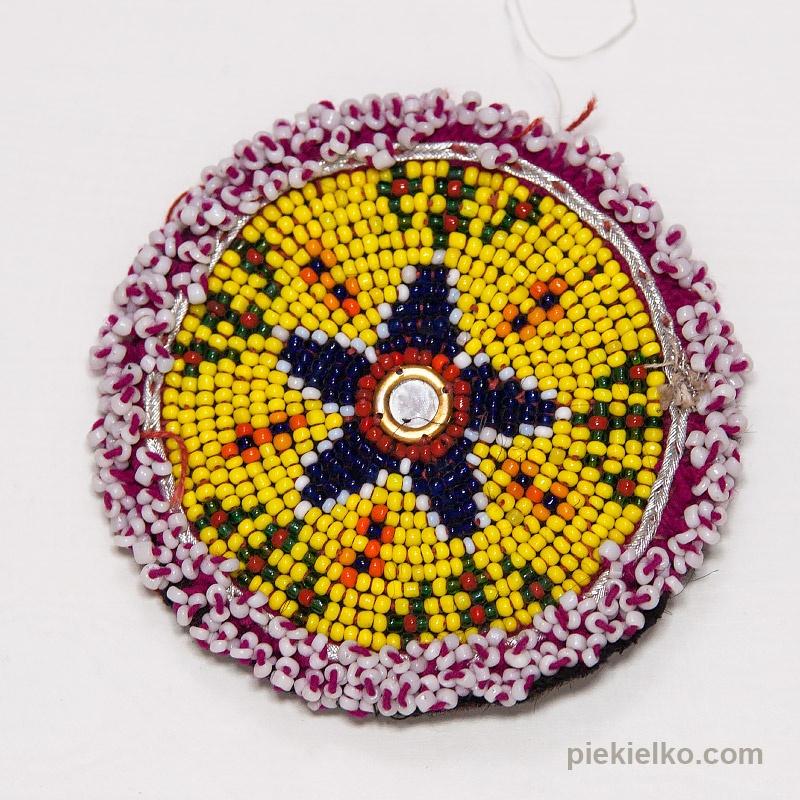
Ethnic handmade patch
31,0023,25 -
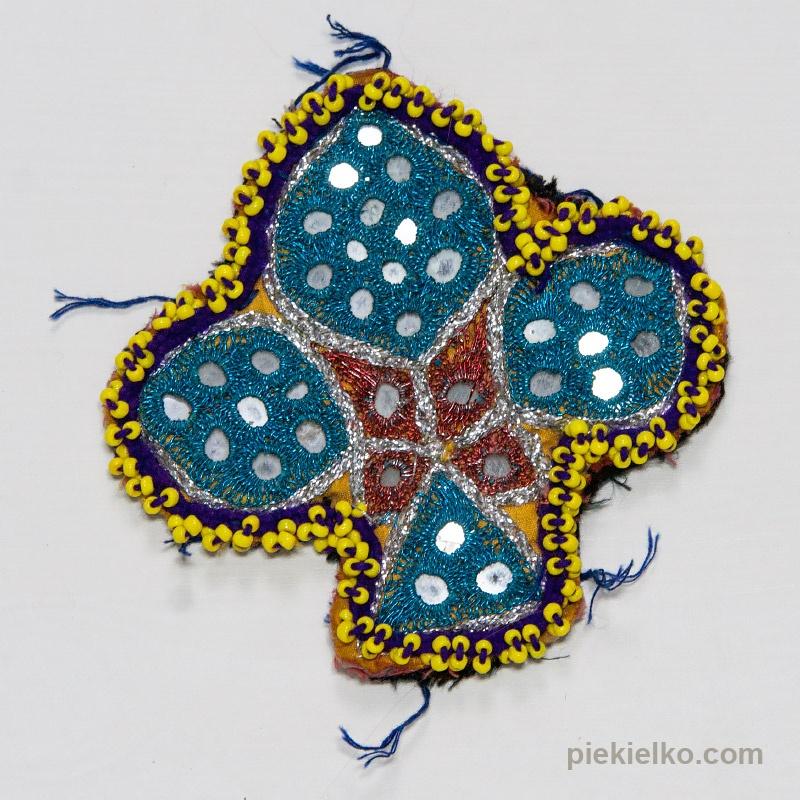
Lily handmade patch
23,0017,25 -
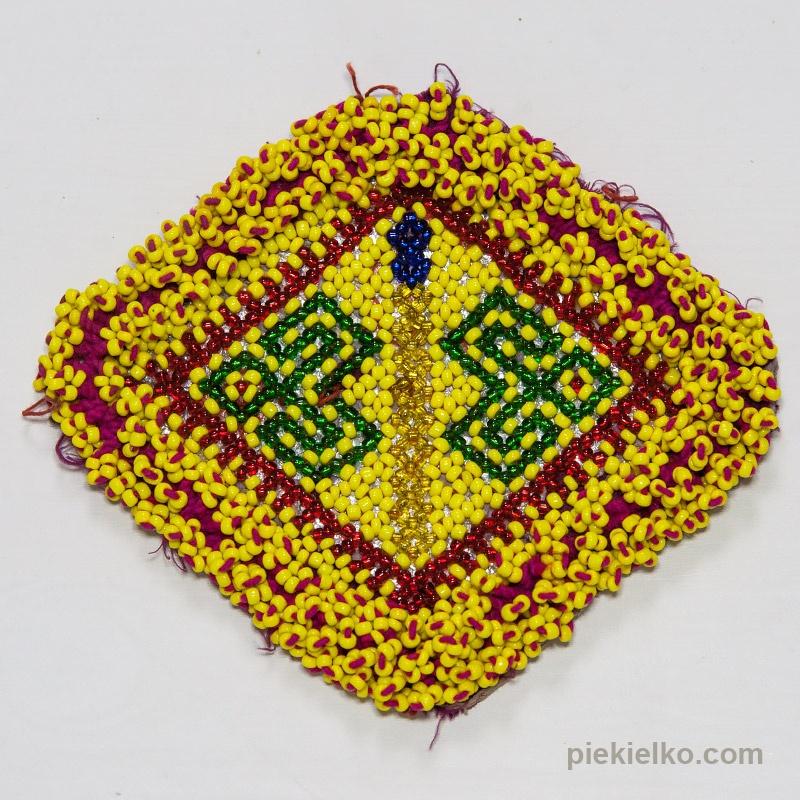
Afghan rhombus patch
31,0023,25 -
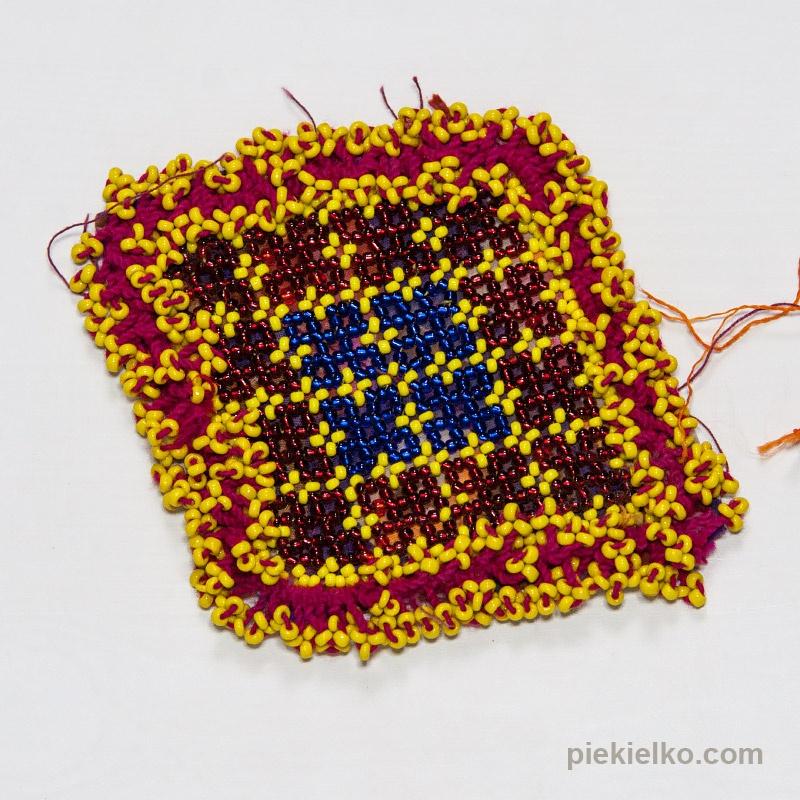
Afghan rhombus patch
26,0019,50 -
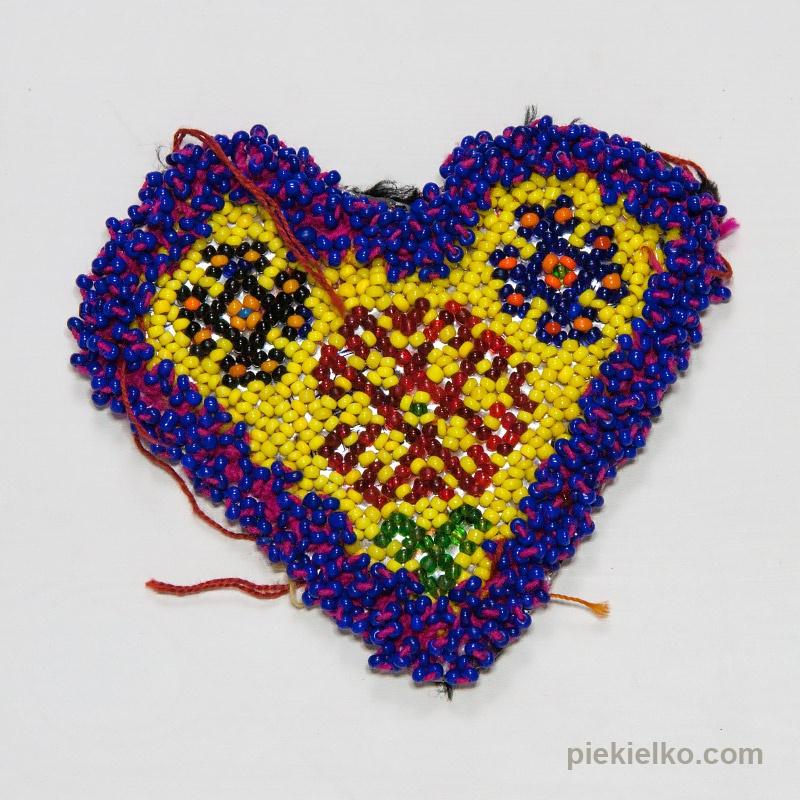
Bedouin heart patch
26,0019,50 -
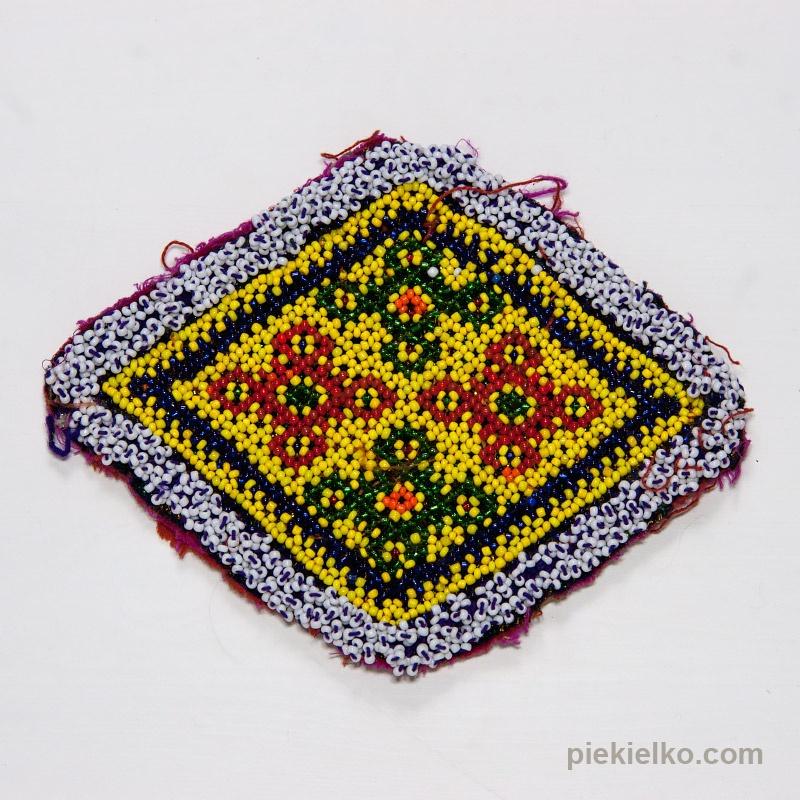
Afghan rhombus patch
36,0027,00 -
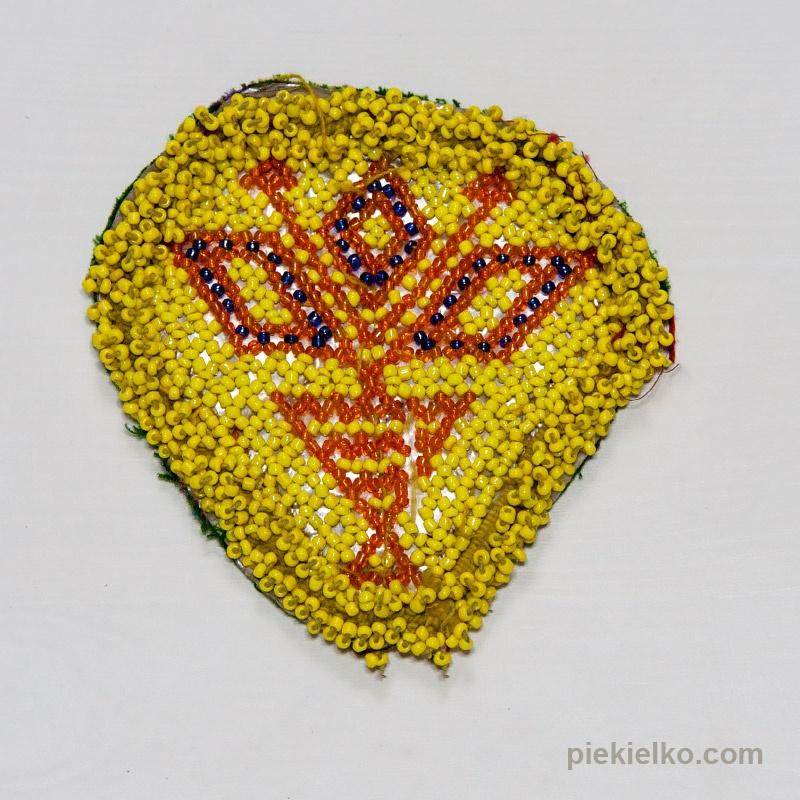
Oriental beaded patch
20,0015,00 -
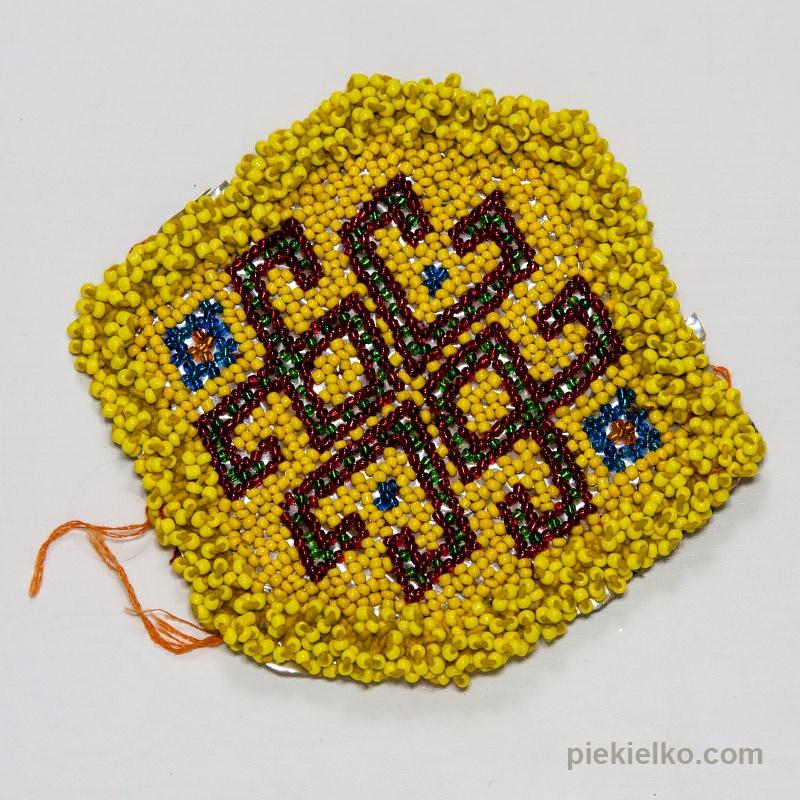
Polygon patch
31,0023,25 -
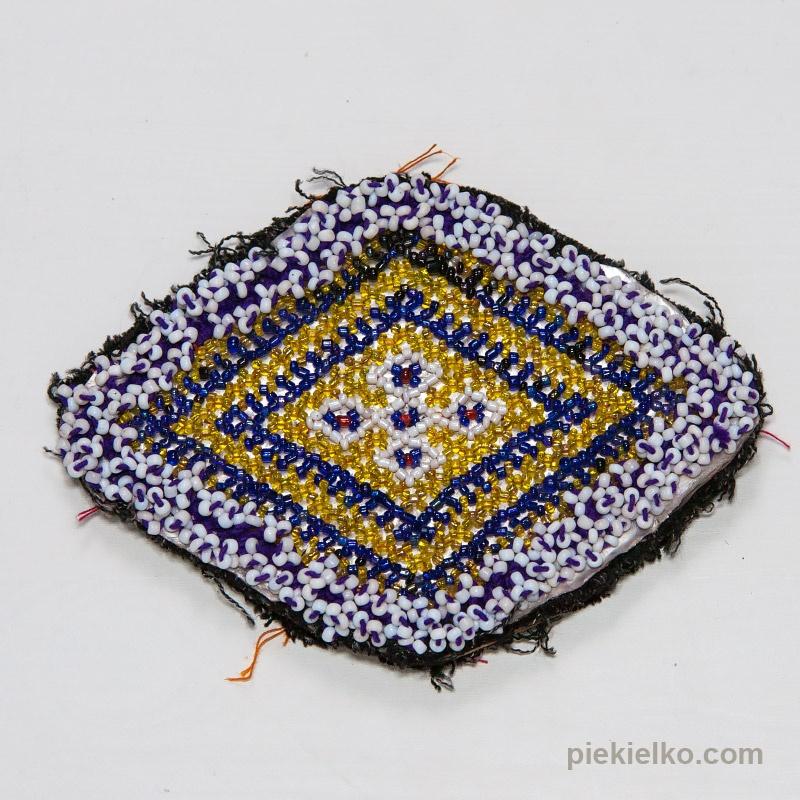
Afghan rhombus patch
31,0023,25 -

Afghan rhombus patch
26,0019,50 -

Hippie style patch
26,0019,50 -

Afghan rhombus patch
26,0019,50 -
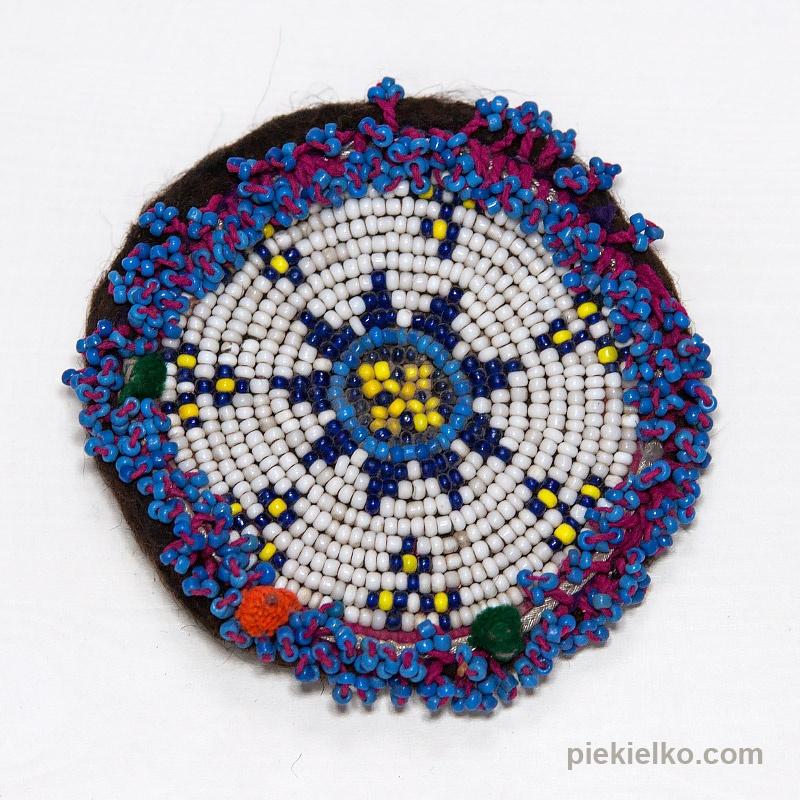
Ethnic handmade patch
31,0023,25 -
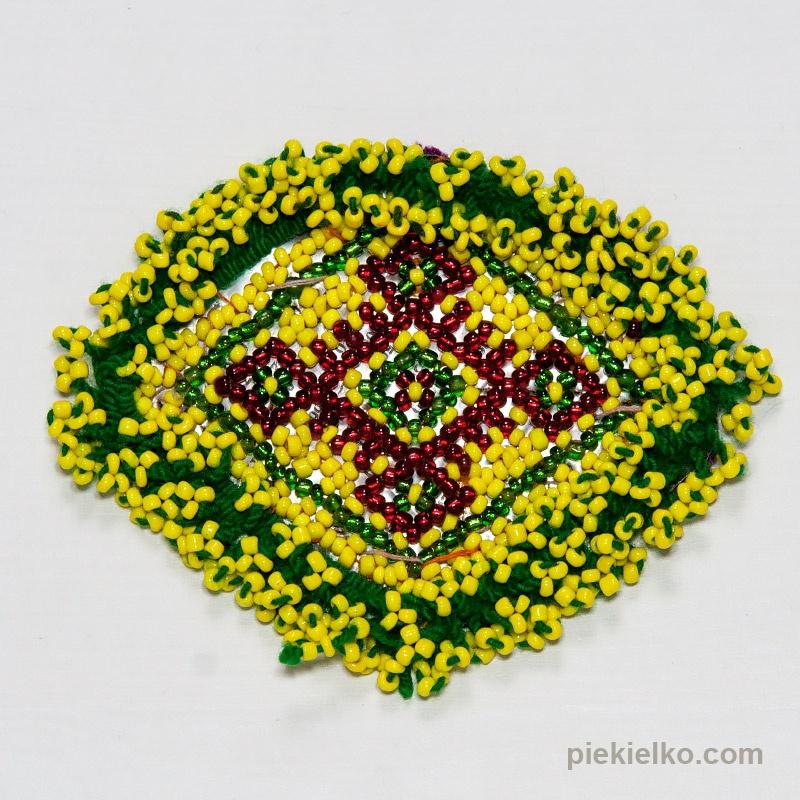
Afghan rhombus patch
23,0017,25 -
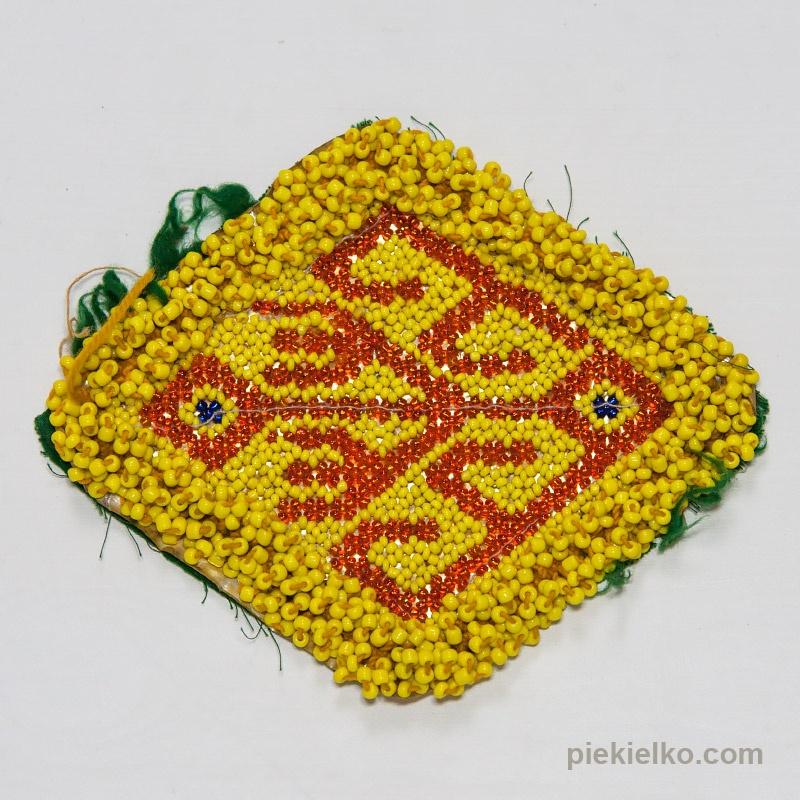
Afghan rhombus patch
31,0023,25 -
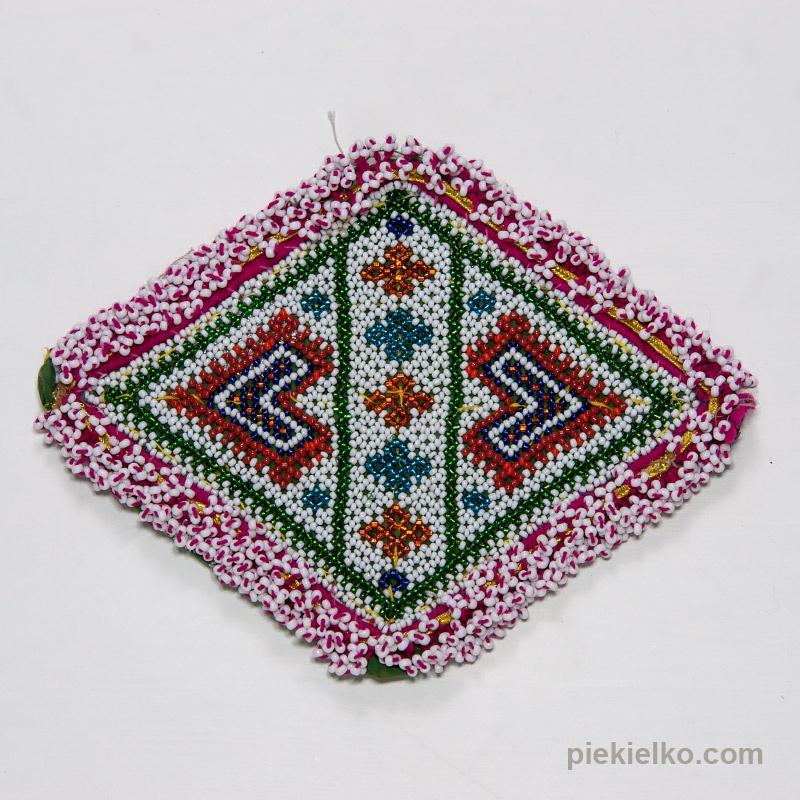
Afghan rhombus patch
36,0027,00 -

Afghan rhombus patch
26,0019,50 -

Hippie style patch
26,0019,50 -

Afghan rhombus patch
26,0019,50 -

Afghan rhombus patch
26,0019,50



© Piekielko.com

